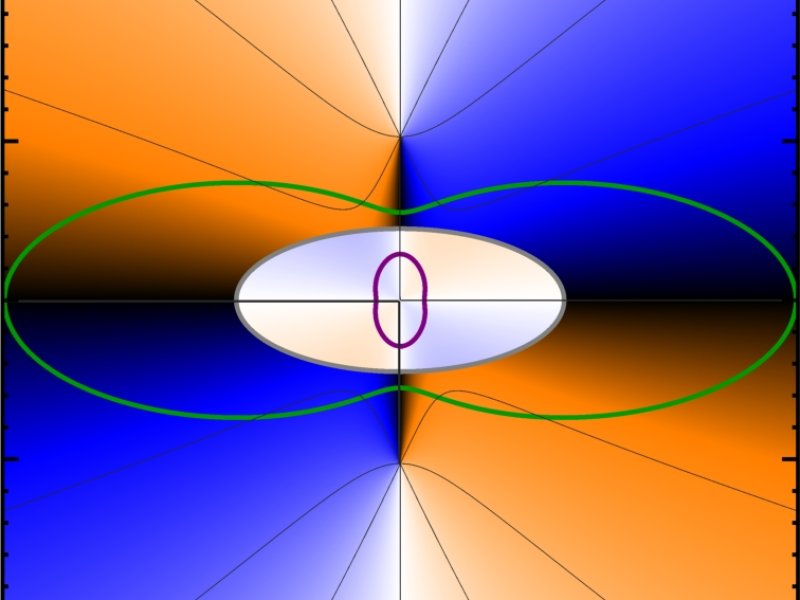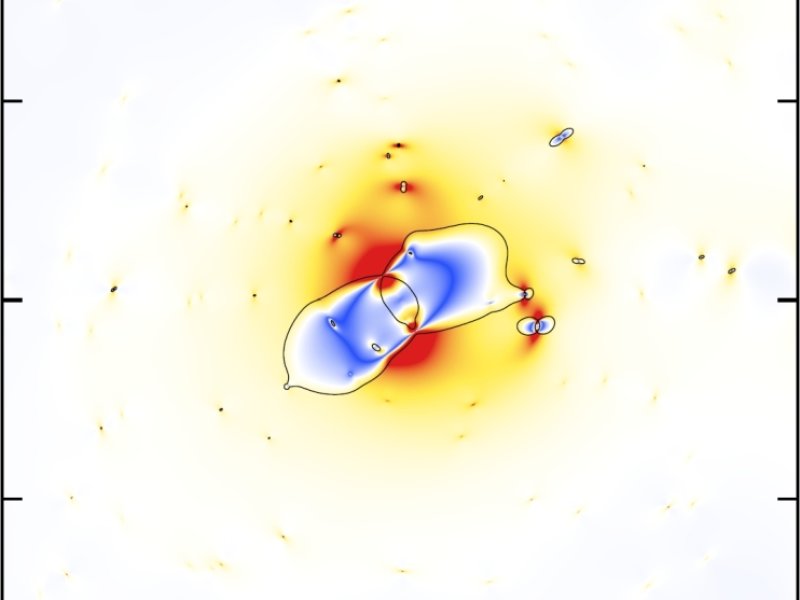Gravitational Lensing by Galaxies in Galaxy Clusters
Advisor: David Heyrovský (ITP MFF CUNI)
Funding: Fully funded
Contact: david.heyrovsky@mff.cuni.cz
Weak gravitational lensing has proved to be a successful tool for mapping the large-scale distribution of matter in galaxy clusters. Probing the smaller-scale distribution in order to reveal substructures such as the dark-matter halos of cluster-member galaxies requires a combined analysis of weak and strong lensing. Recent analyses of several clusters showed that the lensing efficiency of substructures was substantially higher than expected from virtual clusters obtained in structure-formation simulations. This might point either to problems in the substructure lensing analysis, or to problems in our understanding of galaxy cluster formation.
The aim of the project is to explore the former option, using two approaches to study gravitational lensing by galaxies in galaxy clusters. The first, bottom-up and more analytical approach, is to concentrate on lensing by a single galactic halo embedded in a galaxy cluster, testing different models of halo-mass distributions. The second, top-down and more numerical approach, is to explore lensing by simulated galaxy clusters with different populations of galactic halos. The project will test the robustness of cluster-lens analyses, point out their potential weaknesses and explore the impact of different properties of the cluster-galaxy population on substructure lensing efficiency.
References:
[1] Kneib, J.-P., & Natarajan,
P. 2011. „Cluster lenses“. The Astronomy and Astrophysics Review 19,
47.
[2] Meneghetti, M. et al. 2020. „An excess of small-scale gravitational
lenses observed in galaxy clusters“. Science 369, 1347.
[3] Karamazov, M.,
Timko, L., & Heyrovský, D. 2021. „Gravitational Lensing by a Massive
Object in a Dark Matter Halo. I. Critical Curves and Caustics“. The
Astrophysical Journal 922, 72.
[4] Karamazov, M., & Heyrovský, D. 2022.
„Gravitational Lensing by a Massive Object in a Dark Matter Halo. II. Shear,
Phase, and Image Geometry“. The Astrophysical Journal 927, 101.




